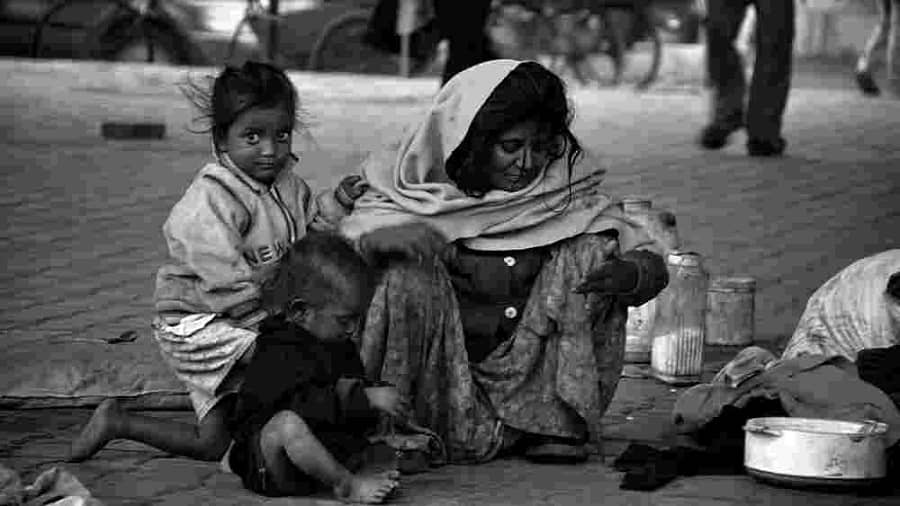Poverty numbers can be confusing as they depend on the choice of the poverty line and the statistical method of estimation. These may result in differences in the results arrived at. The latest data from the World Bank show that for South Asia as a whole, using the international poverty line of US $2.15 per head, per day, measured in purchasing power parity, there are 182 million poor people. On employing the poverty line of US $3.65 for lower-middle-income countries, the poverty count rises to 828 million. Despite these differences, one thing is clear: the pandemic threw a very large number of people — globally — below the poverty line. This means that the incidence of poverty increased significantly. For India, the estimates vary quite a bit, but going by the more conservative estimates, the numbers are very large. According to a recent World Bank estimate, about 80 per cent of the 70 million people who slipped below the poverty line worldwide during the pandemic were from India. With a rise in the headcount measure of poverty in India during the pandemic, it is only reasonable to infer that extreme poverty has gone up too, even though a study by the International Monetary Fund indicated otherwise, at least for India. There is also evidence that suggests that the rate of poverty reduction in India had slowed down during the past decade even before the pandemic hit the world.
Globally, in the year, 2020, extreme poverty levels increased to 9.3 per cent from 8.4 per cent the previous year. The lack of official data on poverty from India has held back getting accurate estimates of global poverty. It is, therefore, important for the Indian government to come up with its own estimates of the increase in poverty due to the pandemic. These estimates would have to be transparent and credible. Once this is done, the urgent policy implication would be to design carefully targeted cash transfers to reach the poor. Public spending must continue to be focused on enhancing long-term growth. To do all these, the Centre needs to mobilise additional tax revenue without hurting the poor or the shrinking middle class. This would require a lot of political courage, especially with parliamentary elections due two years from now. The lack of data is an indication of the indifference of the government which results in the absence of a well-designed policy to remove poverty.

